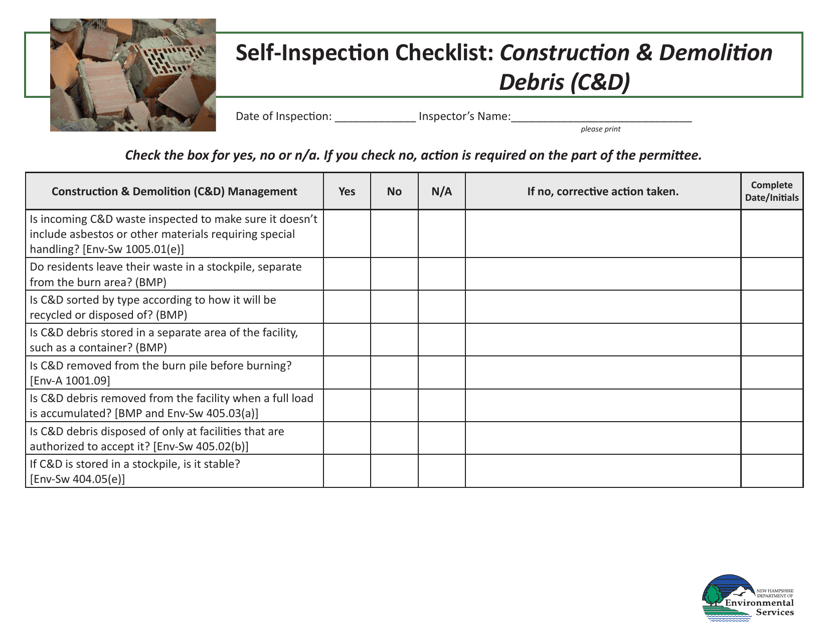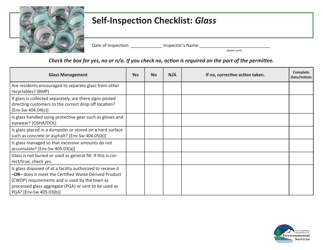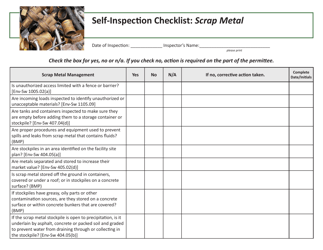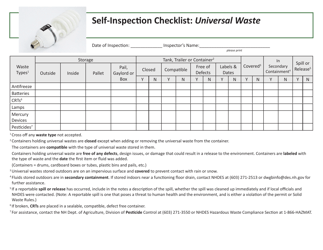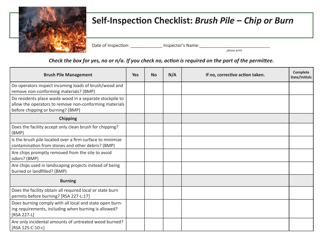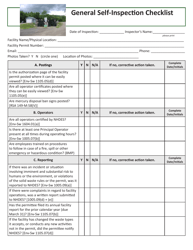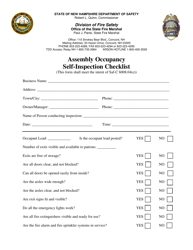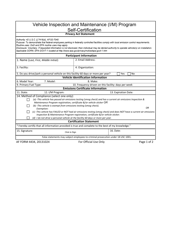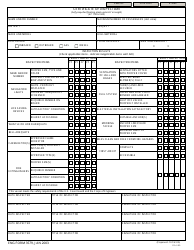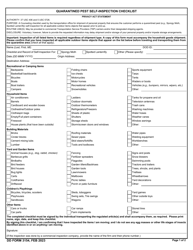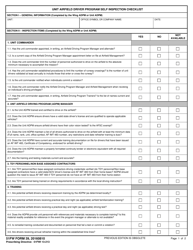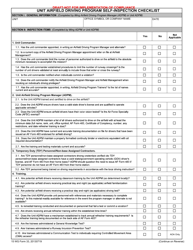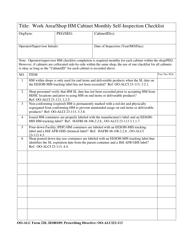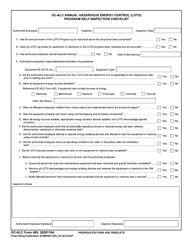Self-inspection Checklist: Construction & Demolition Debris (C&d) - New Hampshire
Self-inspection Checklist: Construction & Demolition Debris (C&d) is a legal document that was released by the New Hampshire Department of Environmental Services - a government authority operating within New Hampshire.
FAQ
Q: What is C&D debris?
A: C&D debris refers to waste materials produced from construction, renovation, or demolition projects.
Q: Why is it necessary to inspect C&D debris?
A: Inspecting C&D debris helps to ensure proper disposal and recycling, and to prevent illegal dumping.
Q: What should I include in the checklist for C&D debris inspection?
A: The checklist should include items such as proper storage and handling of materials, documentation of waste transportation, and verification of recycling facilities.
Q: Why is it important to properly manage C&D debris?
A: Proper management of C&D debris helps to protect the environment, conserve resources, and comply with waste management regulations.
Q: What are some common types of C&D debris?
A: Common types of C&D debris include wood, concrete, metals, asphalt, bricks, and drywall.
Q: What are the recycling options for C&D debris?
A: Recycling options for C&D debris may include sorting materials for reuse, recycling concrete and asphalt, and recycling wood and metals.
Q: Are there any restrictions on disposing of C&D debris?
A: Yes, there may be restrictions on disposing of C&D debris, such as limitations on landfill acceptance or the need for special permits.
Form Details:
- The latest edition currently provided by the New Hampshire Department of Environmental Services;
- Ready to use and print;
- Easy to customize;
- Compatible with most PDF-viewing applications;
- Fill out the form in our online filing application.
Download a printable version of the form by clicking the link below or browse more documents and templates provided by the New Hampshire Department of Environmental Services.
